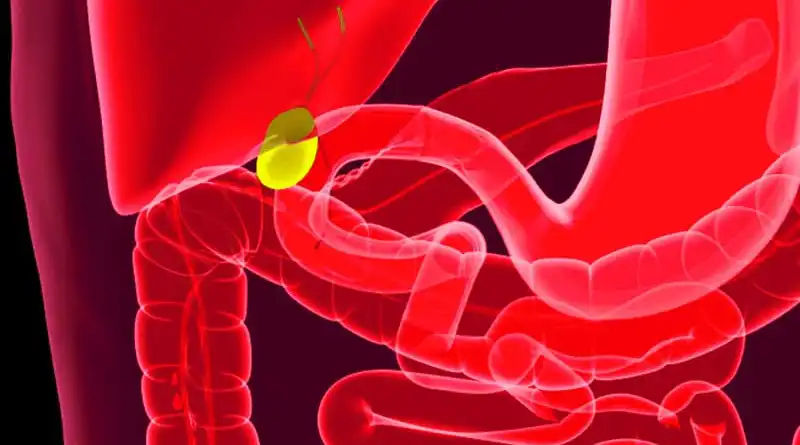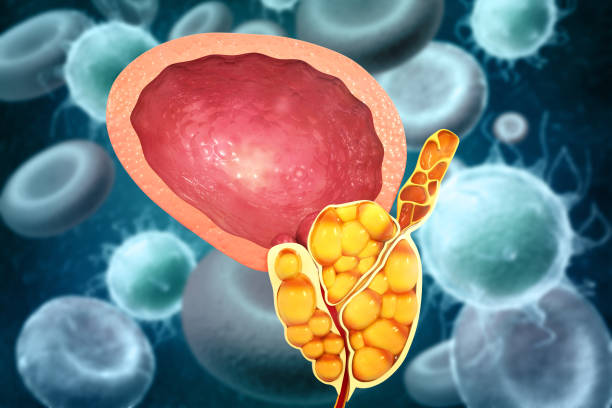When gallstones form or when the gallbladder becomes inflamed (a condition known as cholecystitis), removing the gallbladder not only alleviates these painful symptoms but also helps prevent future episodes that could lead to more serious health issues.
What is a cholecystectomy?
Acholecystectomyis a surgical procedure designed to remove thegallbladder, a small organ located beneath the liver that plays a vital role in the digestion of fats by storing bile. Typically, this surgery is recommended in cases where the gallbladder becomes problematic due to gallstones, which can cause painful blockages and inflammation, or when chronic conditions like cholecystitis lead to discomfort and potential infection. In modern medical practice, the vast majority of cholecystectomies are performed laparoscopically, involving several small incisions, the use of a miniature camera, and specialized instruments to carefully remove the gallbladder. This minimally invasive approach offers significant advantages including reduced postoperative pain, a shorter hospital stay, faster recovery, and minimal scarring. However, in certain situations where complications arise or the anatomy is more complex, an open surgical procedure may be necessary. Regardless of the technique employed, cholecystectomy is considered one of the most common and effective surgical interventions in gastrointestinal medicine, providing lasting relief from gallbladder-related symptoms and improving overall quality of life for patients. Thorough preoperative evaluations and careful postoperative care ensure optimal outcomes and minimize the risks associated with the procedure. This well-established procedure has a long track record of success and patient satisfaction.

What happens during a cholecystectomy?
During a cholecystectomy, the patient is first prepared in the operating room and placed under general anesthesia to ensure complete comfort and immobility. The surgeon then employs one of two primary techniques: laparoscopic or open surgery. In the more common laparoscopic cholecystectomy, several small incisions are made in the abdomen. Through one of these incisions, a laparoscope—a thin, lighted instrument with a camera—is inserted to provide a magnified view of the internal organs on a monitor, enabling the surgeon to clearly visualize the gallbladder and surrounding structures. Additional incisions allow for the insertion of specialized surgical instruments. Using these tools, the surgeon carefully dissects the tissues and isolates the gallbladder from the liver, while meticulously identifying and preserving critical structures such as the cystic duct, bile ducts, and blood vessels. Once detached, the gallbladder is removed through one of the incisions. In some cases where inflammation or unusual anatomy is present, an open cholecystectomy may be performed, involving a larger incision in the upper abdomen for better access. After removal, the surgical site is examined for bleeding or complications, the incisions are closed with sutures or staples, and the patient is transferred to a recovery area for post-operative monitoring and care.

What are the risks & benefits of Gallbladder Removal?
Gallbladder removal is a widely performed surgical procedure that offers meaningful benefits especially for individuals suffering from gallstones, cholecystitis, or other gallbladder-related disorders.
One of the primary advantages of this operation is the drastic reduction or complete elimination of the recurrent, often excruciating pain associated with gallbladder inflammation and blockage.
By removing the gallbladder, patients significantly decrease the risk of further complications such as bile duct injuries, pancreatitis, and systemic infections.
Modern techniques—particularly minimally invasive laparoscopic surgery—have further enhanced these benefits by providing shorter recovery times, reduced hospital stays, and minimal scarring.
Despite these promising outcomes, the procedure does carry inherent risks.
Surgical complications may include bleeding, infection, or accidental damage to surrounding organs or the bile ducts.
In some cases, patients might experience postcholecystectomy syndrome, in which digestive disturbances continue even after the gallbladder is removed.
Additionally, as with any surgery, there are risks associated with anesthesia. Therefore, a thorough preoperative evaluation, careful surgical planning, and close postoperative monitoring are crucial to minimize complications.
When the benefits of alleviating chronic symptoms and preventing serious future health issues outweigh the potential risks, cholecystectomy can markedly improve overall quality of life.

Life after cholecystectomy
Life after cholecystectomy often marks a transformative period of recovery and improvement in overall well-being. Following the removal of the gallbladder, many patients experience immediate relief from the recurring, debilitating pain and digestive interruptions that previously affected their quality of life. However, the body must adjust to the continuous flow of bile directly from the liver into the small intestine, a change that may initially lead to minor digestive challenges such as loose stools or bloating, particularly after consuming fatty meals. As patients learn to modify their diets—by gradually reducing fat intake and incorporating more fiber-rich foods—digestive function generally stabilizes. Regular follow-up appointments with healthcare providers play a crucial role in monitoring progress, addressing any lingering symptoms, and advising on lifestyle adjustments. Most individuals can resume their normal activities within a few weeks, enjoying a more active and pain-free life. Over time, the dietary restrictions often become less stringent, allowing for greater nutritional flexibility. Overall, life after a cholecystectomy is characterized by improved comfort, diminished risk of gallstone recurrence, and a renewed sense of well-being as patients adapt to their new digestive rhythm and embrace a healthier lifestyle.
Conclusion
In conclusion, gallbladder removal is a carefully coordinated surgical procedure designed to alleviate the discomfort and health risks associated with gallbladder disease. The procedure begins with thorough patient preparation and the administration of general anesthesia, ensuring comfort and immobility throughout surgery. Using either minimally invasive laparoscopic techniques or, in complex cases, an open approach, the surgeon precisely dissects the gallbladder from its attachments while safeguarding surrounding structures such as the bile ducts and blood vessels. Once detached, the gallbladder is removed, effectively eliminating the source of recurring pain and inflammation caused by gallstones or other gallbladder disorders. Patients then typically experience a smooth transition as bile flows directly from the liver to the small intestine, compensating for the organ’s absence. Postoperative recovery is generally swift, particularly with laparoscopic surgery, which minimizes scarring and reduces downtime.
Read More